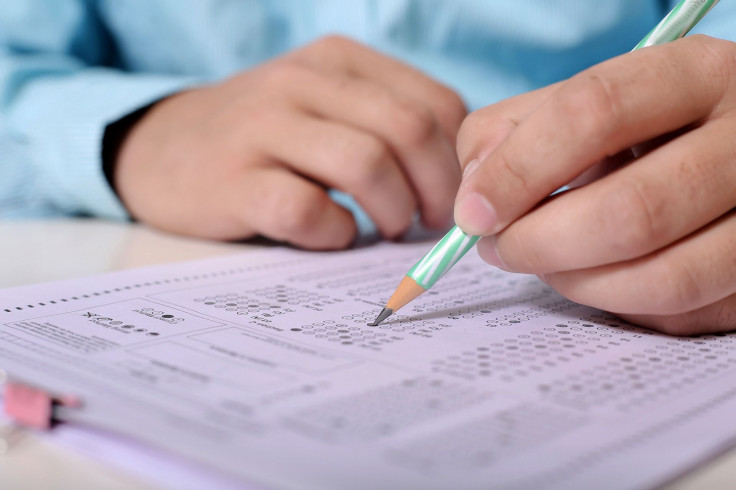The 85% Rule: Be Correct, But Not Too Correct

In a society where perfectionism is considered everything, many of us may be pressured to avoid making mistakes at all costs, be it at work, school, or even at home. People seem to have internalized this contemporary notion that things, including themselves, are supposed to be perfect.
Whether we like it or not, failure is necessary for every learning journey and it is here to stay. In fact, the University of Arizona has just proposed the right amount of failure in a recent paper published in Nature Communications.
A 15% failure rate calibrates the experience for the greatest learning potential. Challenges too easy or difficult will result either in failure to learn anything or failure followed by the abandonment of the task.
"These ideas that were out there in the education field - that there is this 'zone of proximal difficulty,' in which you ought to be maximizing your learning - we've put that on a mathematical footing," said the lead author of the study, titled 'The Eighty Five Percent Rule for Optimal Learning,' Robert Wilson, who is an Assistant Professor of psychology and cognitive science.
This '85% Rule' was arrived at after Wilson and his collaborators at Brown University, the University of California, Los Angeles and Princeton performed a series of machine-learning experiments.
They taught computers to carry out simple categorizing tasks and found that the computers picked up fastest when the difficulty setting allowed them to be correct only 85% of the time. This also held true when the researchers visited prior studies of animal learning, Wilson said.
"If you have an error rate of 15% or accuracy of 85%, you are always maximizing your rate of learning in these two-choice tasks," Wilson said.
Wilson said that it is likely that '85% Rule' applies mostly to perpetual learning, where we learn through experiences and examples over time. Think of a radiologist learning to distinguish between diseased and healthy tissues.
"You get better at figuring out there's a tumor in an image over time, and you need experience and you need examples to get better," Wilson said. "I can imagine giving easy examples and giving difficult examples and giving intermediate examples. If I give really easy examples, you get 100% right all the time and there's nothing left to learn. If I give really hard examples, you'll be 50% correct and still not learning anything new, whereas if I give you something in between, you can be at this sweet spot where you are getting the most information from each particular example."
But this does not mean you should try for a B grade on your next test. Wilson and his collaborators investigated only simple tasks where the answer was clearly correct or incorrect. Nonetheless, there might be something worth investigating here in the name of education.
"If you are taking classes that are too easy and acing them all the time, then you probably aren't getting as much out of a class as someone who's struggling but managing to keep up," he said. "The hope is we can expand this work and start to talk about more complicated forms of learning."
© Copyright IBTimes 2024. All rights reserved.





















